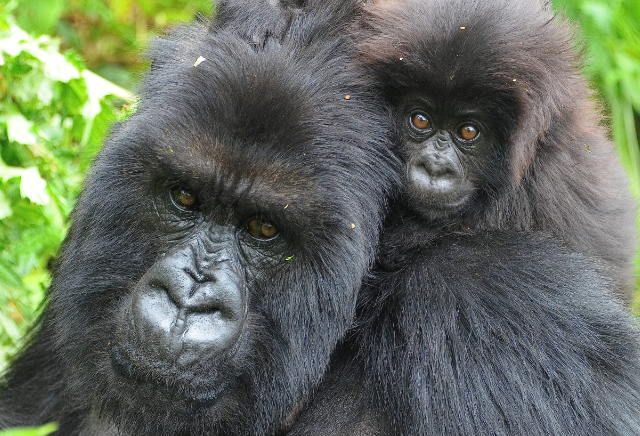How Gorillas Protect Their Young
Gorillas are not only fascinating creatures but also dedicated parents. Understanding how they protect their young can provide insight into their behavior and the importance of conservation efforts. By learning about their nurturing habits, we can appreciate these magnificent animals even more and recognize the threats they face in the wild.
Strong Social Structures
Gorillas live in tight-knit family groups, typically led by a dominant male known as a silverback. This strong social structure plays a crucial role in the protection of young gorillas. The silverback is responsible for the safety and well-being of the entire troop. In times of danger, he stands between the threat and his young, using his size and strength to deter predators or rival males. Additionally, other adult females in the group help care for the infants, providing extra security and nurturing.
Close Maternal Bonds
Mother gorillas display remarkable dedication to their offspring. A mother will carry her baby on her back for several years while teaching them vital survival skills. This close bond not only nurtures the young but also ensures they learn from their mother’s behaviors, such as foraging for food and recognizing threats. The mother’s protective instincts drive her to keep her infant close, and she will often vocalize or use body language to express anxieties about potential dangers, showcasing her innate ability to communicate and safeguard her young.
Use of Environment for Safety
Gorillas are intelligent animals that utilize their environment as a shield for their young. They often select habitats that provide ample cover, such as dense vegetation, which helps shield them from predators. Young gorillas typically stay close to their mothers in these safe zones, learning to navigate threats effectively. In addition, when resting or sleeping, adults will position themselves in ways that create a protective barrier around their young, ensuring they have a safe space to grow and thrive.
In conclusion, the protective behaviors of gorillas highlight the deep bonds and instincts that characterize these incredible animals. By understanding how gorillas care for their young, we appreciate their complexity and the importance of preserving their natural habitats. If you’re interested in learning more about gorillas and their amazing social dynamics, consider visiting a sanctuary or reading further on conservation efforts that help protect these magnificent creatures.

